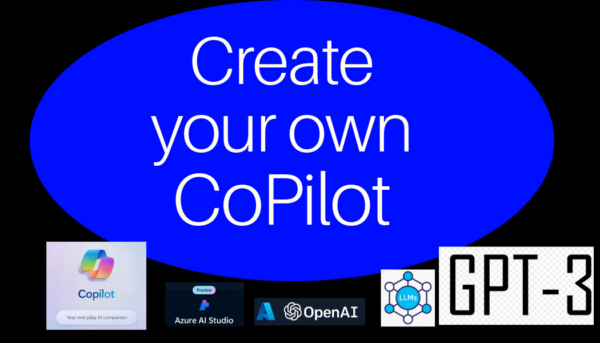In today’s fast-evolving technological landscape, artificial intelligence (AI) has become the cornerstone of innovation across industries. As organizations strive to stay ahead, the demand for scalable and cost-effective AI solutions is at an all-time high. Azure OpenAI emerges as a beacon of progress, offering access to some of the most advanced AI models, including GPT-3 and Codex. This blog delves into how organizations can harness these models’ power while maintaining efficiency in both cost and scalability.
Unveiling Azure OpenAI’s Capabilities
Azure OpenAI provides a suite of AI models that empower developers to build a myriad of applications, from natural language processing tasks to advanced code generation. GPT-3, with its ability to understand and generate human-like text, can revolutionize customer service with sophisticated chatbots, automate content creation, and enhance language translation services. Similarly, Codex specializes in interpreting natural language to generate and translate code, which can significantly accelerate software development.
Cost-Effectiveness with Azure OpenAI
While the capabilities of Azure OpenAI are indisputable, the key to harnessing them cost-effectively lies in managing the usage of tokens – the currency of AI model interactions. Each request sent to models like GPT-3 is measured in tokens, with costs accruing based on the number and size of requests processed.
Strategies for Token Efficiency:
- Optimize Input Data: Preprocess input data to remove unnecessary verbosity without compromising the context. This can reduce the number of tokens processed per request.
- Use Stop Sequences: Implement stop sequences to instruct the model when to conclude its response, preventing generation of extraneous content.
- Batch Requests: Whenever possible, batch requests to process them together, reducing the overhead and the number of API calls.
- Cache Responses: For applications like chatbots, cache common responses. This avoids repeated token consumption for frequently asked questions.
- Select the Right Model Size: Azure OpenAI offers models in different sizes. Use smaller models for less complex tasks; they consume fewer tokens and are more cost-effective.
Scalability with Azure OpenAI
Scalability is another critical aspect of AI solution deployment. Azure OpenAI services are built on the robust Azure infrastructure, which allows for seamless scaling. As the demand for AI processing fluctuates, Azure’s cloud services can dynamically adjust the resources, ensuring that performance remains consistent without incurring unnecessary costs during off-peak times.
Leveraging Azure’s Auto-Scaling:
- Auto-Scaling Capabilities: Utilize Azure’s auto-scaling features to adjust resources based on the workload automatically.
- Load Balancing: Implement load balancing to distribute AI processing across various instances efficiently.
- Monitoring and Analytics: Use Azure’s monitoring tools to track usage patterns and optimize resource allocation proactively.
The Road Ahead
The journey towards creating scalable, cost-effective AI solutions with Azure OpenAI requires a strategic approach to managing resources. By optimizing token usage and leveraging Azure’s scalable infrastructure, organizations can unlock the full potential of AI to drive innovation, enhance customer experiences, and streamline operations.
Azure OpenAI is not just an AI service; it’s a pathway to the future of intelligent solutions, where cost efficiency and scalability are not roadblocks but stepping stones to success. As AI continues to shape the digital era, Azure OpenAI stands ready to empower organizations to embrace the future, today.
About the Author:
Reference:










